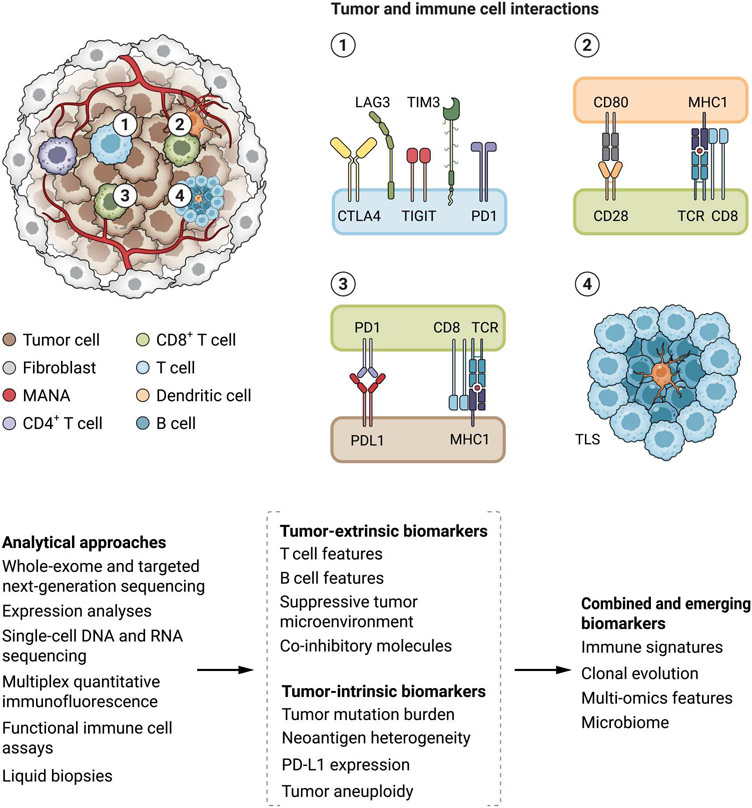Fig. 1. Tumor and tumor microenvironment features driving tumor immunoediting and contributing to ICI clinical outcomes.
A number of tumor intrinsic and tumor extrinsic features, such as the genomic landscape of the cancer cells and composition of the immune cell infiltrate, orchestrate the antitumor immune response in the context of immune checkpoint blockade. Tumor foreignness is determined by tumor mutation burden (TMB) and mutation-associated neoantigen (MANA) density. The phenotype and functional state of T cells (shown in 1), together with the antigen presentation potential (shown in 2 and 3) determine in part a tumor’s visibility by the immune system. The composition and phenotype of the T and B cell infiltrates and their interaction in tertiary lymphoid structures (TLSs; shown in 4) in the tumor microenvironment are key components differentiating immunologically “hot” tumors that eventually regress with ICI. These nuanced genomic and tumor microenvironment features can be captured by different analytical approaches such as bulk and single-cell multi-omic approaches, functional assays, and liquid biopsies, ultimately converging in multimodal biomarkers of therapeutic response.

